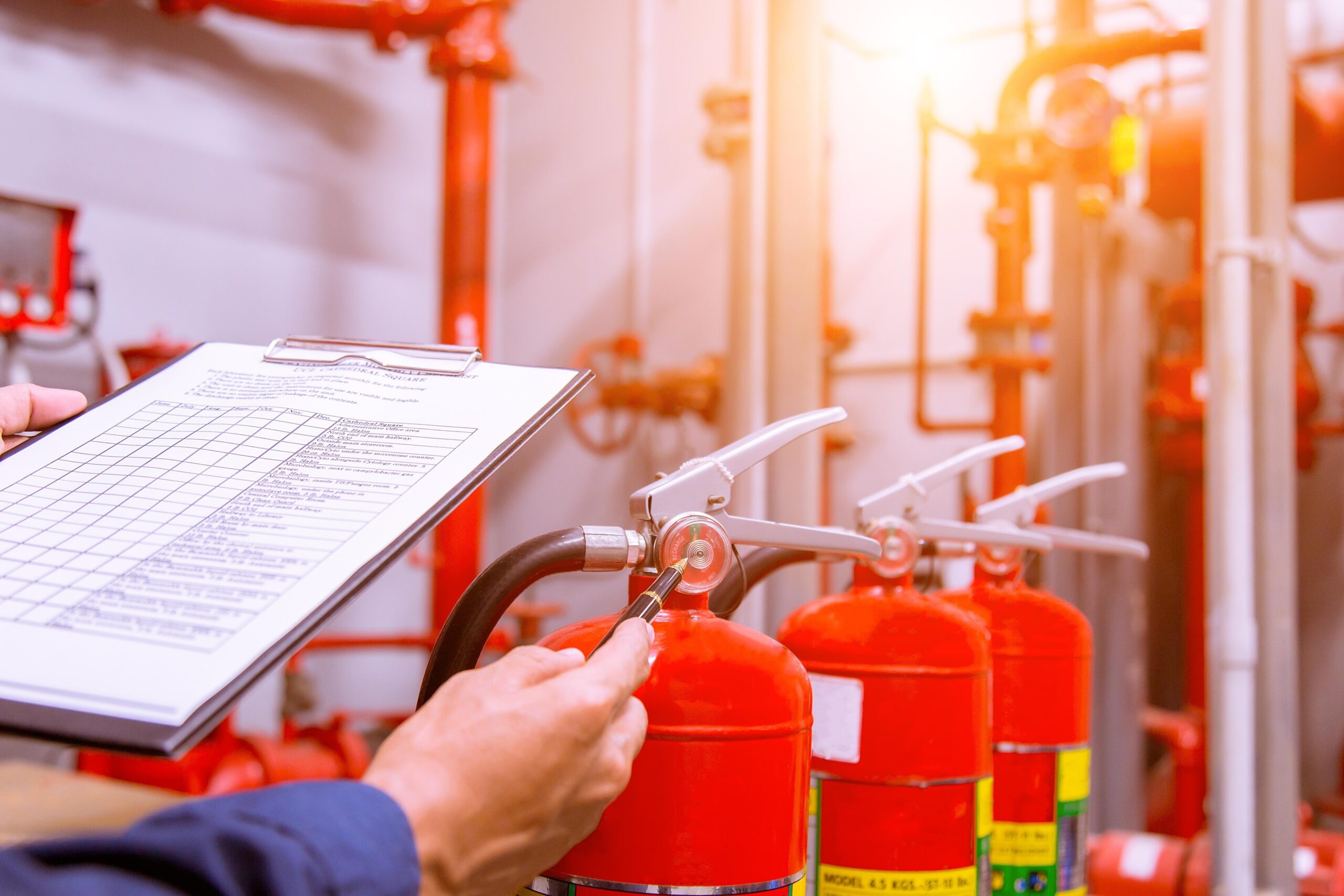
Many people believe that installing a fire safety system is enough to stay protected. However, that’s only half the job done. Just like any mechanical or electronic equipment, fire protection systems degrade over time due to wear, dust, corrosion, or environmental factors. Without regular maintenance, these systems can fail when you need them the most — during an emergency. Regular inspection and maintenance ensure your fire safety setup remains fully functional, reliable, and compliant with legal standards.
Common Failures in Fire Safety Systems
Even the most advanced fire safety systems can develop faults if not serviced periodically. Over time, hydrant pipes may corrode or develop leaks, reducing water pressure when it’s most needed. Alarm systems may suffer from dead or weak batteries, leading to failure in early fire detection. Sprinkler heads can get blocked due to dirt, paint, or debris, making them ineffective. Similarly, control panels or suppression systems can face technical issues, preventing them from activating on time. These small malfunctions, if ignored, can turn a manageable incident into a major disaster.
Legal & Policy Requirements
In India, local fire safety regulations require periodic testing and certification of fire systems to ensure safety compliance. Many state fire departments and municipal corporations conduct regular inspections to verify this. Additionally, most insurance companies have clauses that mandate annual maintenance of fire protection systems. Failure to comply can lead to penalties, loss of insurance coverage, or even cancellation of your occupancy certificate. Regular maintenance isn’t just a safety measure — it’s a legal responsibility for every organization.
Best Practices in Maintenance
To keep your fire safety systems in optimal condition, it’s essential to follow a structured maintenance plan. Monthly, quarterly, and annual checks should be conducted to ensure all components are functioning correctly. Technicians should inspect valves, alarms, flow tests, and sensors to detect any irregularities. Proper documentation and maintenance logs are also crucial — they help track system performance, record service activities, and serve as proof during audits or inspections. A well-documented maintenance schedule reflects a company’s commitment to safety and compliance.
Case Study: How Maintenance Saves Costs
At PS Controls, regular maintenance has helped several clients detect potential failures before they turned critical. In one instance, our routine inspection of a commercial building revealed a corroded hydrant valve that could have caused major downtime during an emergency. By fixing it early, the client not only avoided system failure but also saved on the high costs of full system replacement. This demonstrates how preventive maintenance is not just about safety — it’s also about long-term savings and reliability.
Choosing the Right Maintenance Partner
Selecting the right partner for your fire safety maintenance is crucial. Look for a company with certified technicians, years of experience, and a quick response time. A reliable maintenance partner should offer comprehensive service contracts, including regular inspections, emergency support, and performance reports. PS Controls provides Annual Maintenance Contracts (AMC) designed to suit different facility types — from offices and factories to hospitals and residential complexes — ensuring uninterrupted protection all year round.
Conclusion & Call to Action
Fire safety maintenance is not an optional task — it’s a lifesaving responsibility. Regular inspections ensure that your system works flawlessly when it matters most. By partnering with experts like PS Controls, you can guarantee that your fire protection systems stay compliant, reliable, and ready for emergencies.
Schedule your fire safety maintenance audit with PS Controls today — because prevention is always better than repair.
